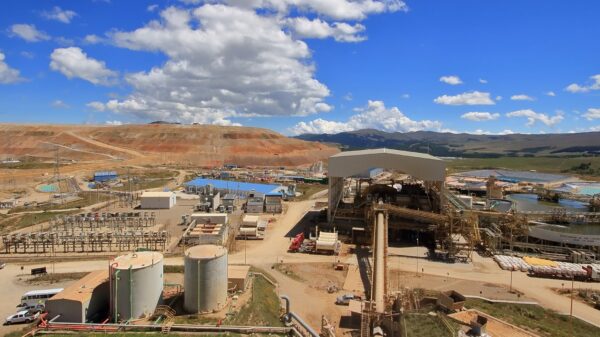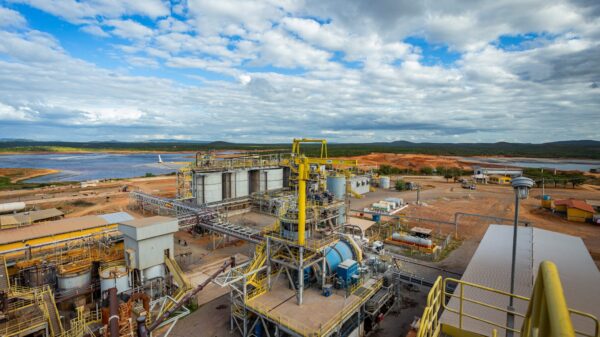In a ruthless assault Saturday morning, illegal miners attacked the Poderosa gold mining company operations in Paraz, Peru and left 10 people dead and 20 severely injured.
The tragic incident serves as a stark reminder of the rampant lawlessness prevailing in the region.
On Saturday, armed men seized the Poderosa mine’s level 2995 and took workers hostage with the intent of extracting gold from the operations.
A confrontation between the intruders and the mine’s Security Patrimony team led to a tragic shootout, resulting in the deaths of mine security personnel and two workers who were held captive. Police arrested seven suspects in Pueblo Nuevo, Pataz, believed to be members of the criminal gang “La Gota del Note,” associated with illegal mining, extortion and murders.
In response to the tragic event, the Ministry of the Interior deployed special forces and investigations were initiated by the Homicide Investigation Unit. Ten seriously injured victims were airlifted to Trujillo for medical treatment.
On Sunday, the death toll rose to 10, with suspicions arising about criminal organizations seeking control over areas granted as concessions to Poderosa Mining. Specialized police units arrived in Trujillo to investigate the attack where authorities are cross-referencing information to determine potential ties to the Venezuelan gang ‘Tren de Aragua” mafia.
This tragic incident sheds light on the persistent challenges posed by illegal mining in the region. The arrested suspects, believed to be associated with a criminal network, underscore the need for coordinated efforts to eradicate criminal activities linked to the exploitation of natural resources.
Local authorities and the Ministry of the Interior have taken swift action to address the situation, with ongoing investigations and heightened security measures. The affected families are now awaiting the results of forensic examinations to understand the circumstances surrounding the deaths of their loved ones.
The Pataz community, along with national and regional authorities, faces the urgent task of addressing the underlying issues of illegal mining and criminal activity to prevent further tragedies and secure the safety of those working in the mining sector.
Earlier this year, Poderosa reported that its mine in the province of Pataz had been infiltrated by both Peruvian and foreign criminals aligned with illegal miners, aiming to take control of its operations. The incursion resulted in the extraction of thousands of trucks of illegal gold.
Así es por dentro la mina Poderosa donde se produjo la matanza | VIDEO https://t.co/oEs9LnLSM8
— El Comercio (@elcomercio_peru) December 4, 2023
Read more: Union strike underway at MMG’s major Peruvian copper mine
Read more: United States and Peru implement new action plan to support small-scale gold mining
Poderosa was the largest gold producer in Peru until this year
Poderosa has operated an underground gold mine and two production plants in La Libertad, Peru since 1980. The gold miner produced more than 300,000 ounces of gold in 2022.
According to a recent study conducted by the National Society of Mining, Petroleum, and Energy of Peru (SNMPE), illegal gold mining is causing approximately $6 billion in annual losses, equivalent to around 2.5 per cent of the country’s GDP.
Poderosa has experienced a decline in profits and production this year, as outlined in a corporate filing. The company attributes this downturn to a one-third increase in operating costs, primarily attributed to elevated expenses in security and surveillance costs.
In the past two years, the mining company held the position of the largest gold producer in Peru, contributing to 10 per cent of the total production. However, in the initial nine months of 2023, it has slipped to the second position.
According to government databases, illegal mining in Peru generates an annual revenue ranging between $3 billion and $4 billion, surpassing the financial scale of drug trafficking.
While India, Switzerland and Canada serve as the primary destinations for Peru’s gold, collectively constituting nearly two-thirds of the country’s exports, experts highlight the influx of black market gold into neighbouring Bolivia.
Peru’s gold output, which had been declining for a decade due to a lack of new operations, increased to 97 metric tons last year. Illegal miners are estimated to contribute an additional 30 tons to the overall production.














